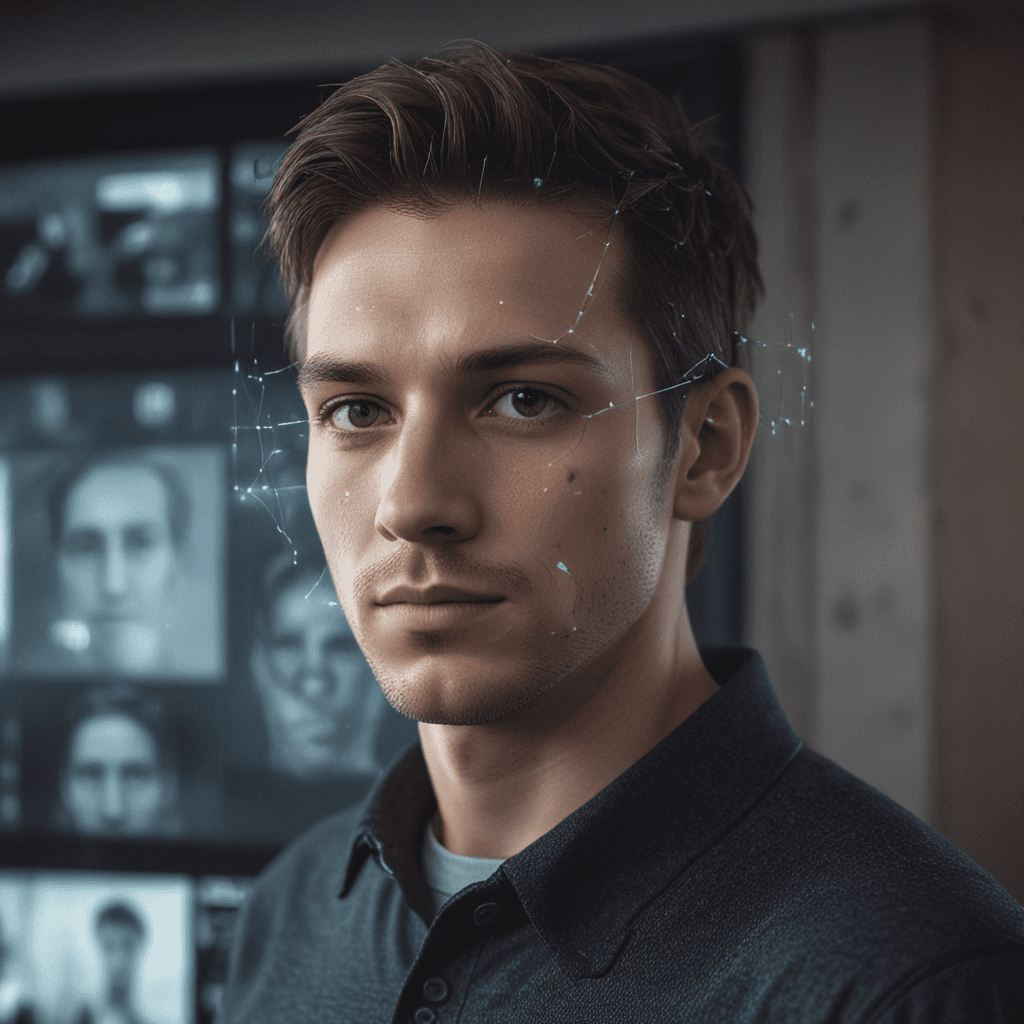
1. Introduction
Facial recognition technology has emerged as a transformative force in the automotive industry, revolutionizing the driving experience and unlocking new possibilities for safety, convenience, and security. By leveraging advanced algorithms and sophisticated hardware, facial recognition systems can identify and authenticate individuals with remarkable accuracy and speed. This technology is poised to reshape the future of automobiles, making them more intelligent, personalized, and secure.
2. Facial Recognition Technology Overview
Facial recognition technology operates by analyzing unique patterns and features in an individual's face. Sophisticated algorithms map the contours, distances, and proportions of facial landmarks, creating a biometric template that serves as a distinctive identifier. This template can be stored and compared against a database of authorized users, enabling secure and frictionless authentication.
3. Applications of Facial Recognition in Automotive Industry
Facial recognition finds diverse applications in the automotive industry, including:
- Driver assistance: Enhancing safety and convenience by identifying and authenticating drivers.
- Driver health monitoring: Detecting driver fatigue and drowsiness to prevent accidents.
- Vehicle personalization: Tailoring vehicle settings and preferences to individual drivers.
- Biometric authentication: Providing secure access to vehicles and ownership verification.
- Anti-theft protection: Detering unauthorized vehicle access and enhancing security.
4. Driver Assistance: Enhanced Safety
Facial recognition plays a pivotal role in enhancing driver assistance systems. By quickly and accurately identifying the driver, vehicles can automatically adjust settings such as seat position, mirror adjustments, and climate control preferences. This personalization not only improves comfort but also reduces distractions, allowing drivers to focus on the road.
Moreover, facial recognition can detect if a driver is authorized to operate the vehicle, preventing unauthorized access and theft. This feature is particularly valuable in shared mobility or fleet management scenarios where multiple drivers use the same vehicle.
5. Driver Health Monitoring and Driver Fatigue Detection
Facial recognition technology has the potential to revolutionize driver health monitoring. By analyzing facial expressions and tracking eye movements, vehicles can detect signs of driver fatigue, drowsiness, or distraction. Early detection of these impairments can prompt timely alerts, intervene to prevent accidents, and save lives.
6. Vehicle Personalization and Convenience
Facial recognition enables seamless vehicle personalization, making every journey unique and tailored to the driver's preferences. By recognizing the driver, the vehicle can automatically adjust settings such as:
- Seat and mirror positions for optimal comfort and visibility.
- Climate control preferences for personalized temperature and airflow.
- Audio system settings, including volume, station presets, and music preferences.
- Navigation destinations frequently visited by the driver.
7. Biometric Authentication for Vehicle Access and Ownership
Facial recognition offers a secure and convenient solution for vehicle access and ownership verification. By replacing traditional keys or keyless entry systems, facial recognition eliminates the risk of lost or compromised keys and enhances vehicle security.
- Vehicle unlocking: Drivers can simply approach the vehicle and have it unlock automatically upon facial recognition.
- Vehicle ownership verification: Facial recognition can be used to verify the identity of the vehicle owner during transactions such as vehicle registration or title transfer.
8. Anti-Theft Protection and Vehicle Security
Facial recognition serves as a powerful deterrent against vehicle theft and unauthorized access. By restricting vehicle operation to authorized drivers, it prevents unauthorized individuals from driving off with the vehicle.
- Theft prevention: Facial recognition makes it virtually impossible for thieves to start and drive the vehicle without the owner's knowledge.
- Enhanced security: The combination of facial recognition with other security measures, such as immobilizers and alarms, creates a robust security system that safeguards the vehicle and its contents.
9. Limitations and Challenges in Automotive Facial Recognition
While facial recognition in the automotive industry holds immense promise, there are certain limitations and challenges to consider:
- Privacy concerns: Facial recognition raises privacy concerns regarding the collection and storage of biometric data. It is important to implement robust data protection measures to safeguard user privacy.
- Environmental factors: Extreme weather conditions, such as heavy rain or snow, and variations in lighting can affect the accuracy of facial recognition systems.
- Bias and accuracy: Facial recognition algorithms must be rigorously tested and evaluated to ensure fairness and accuracy across different demographics and populations.
10. Future Trends and Potential Applications
The future of facial recognition in the automotive industry is brimming with possibilities. Advancements in artificial intelligence, machine learning, and computer vision promise to further enhance the capabilities of facial recognition systems.
- In-vehicle gesture control: Facial recognition can be integrated with gesture control, allowing drivers to interact with vehicle systems using intuitive hand gestures, enhancing convenience and safety.
- Emotion recognition: Facial recognition systems could analyze facial expressions to detect driver emotions, providing insights into their state of mind and potentially improving safety and comfort.
- Vehicle autonomy: In self-driving vehicles, facial recognition can identify passengers and adjust vehicle settings accordingly, ensuring a seamless and personalized autonomous driving experience.
Frequently Asked Questions
Q: How secure is facial recognition in automobiles?
A: Facial recognition systems in automobiles are highly secure, as they utilize advanced algorithms and encryption measures to protect user data.
Q: Can facial recognition be fooled by photos or videos?
A: Sophisticated facial recognition systems are designed to resist spoofing attempts using photos or videos, ensuring a high level of security.
Q: Will facial recognition replace traditional keys or keyless entry systems?
A: Facial recognition is poised to become a mainstream form of vehicle access, providing a more secure and convenient alternative to traditional keys or keyless entry systems.
Q: Can facial recognition be used to track driver behavior or monitor drivers?
A: While facial recognition can be used to detect driver fatigue or drowsiness, its primary purpose is to enhance safety and convenience, not to track or monitor driver behavior.


